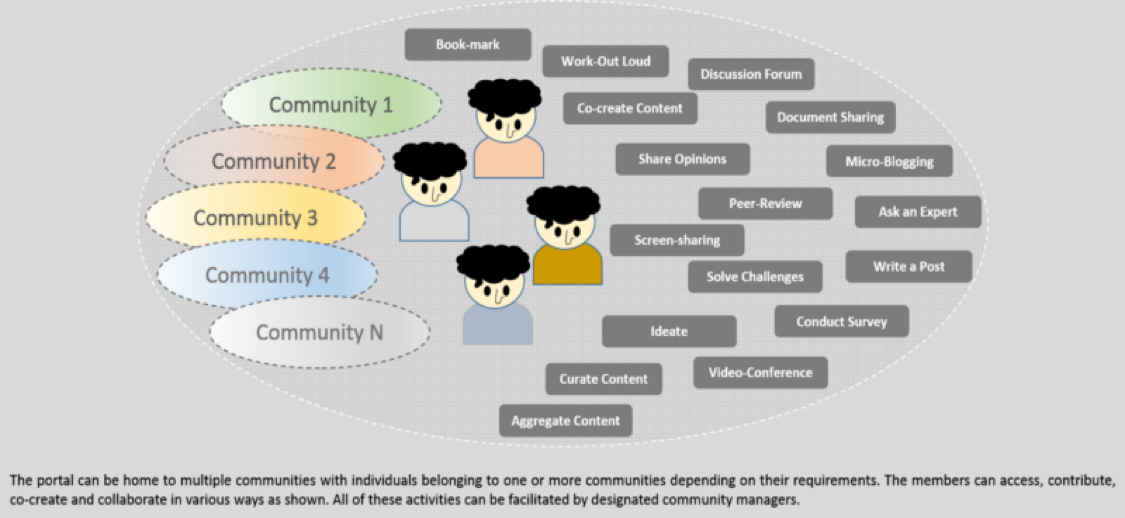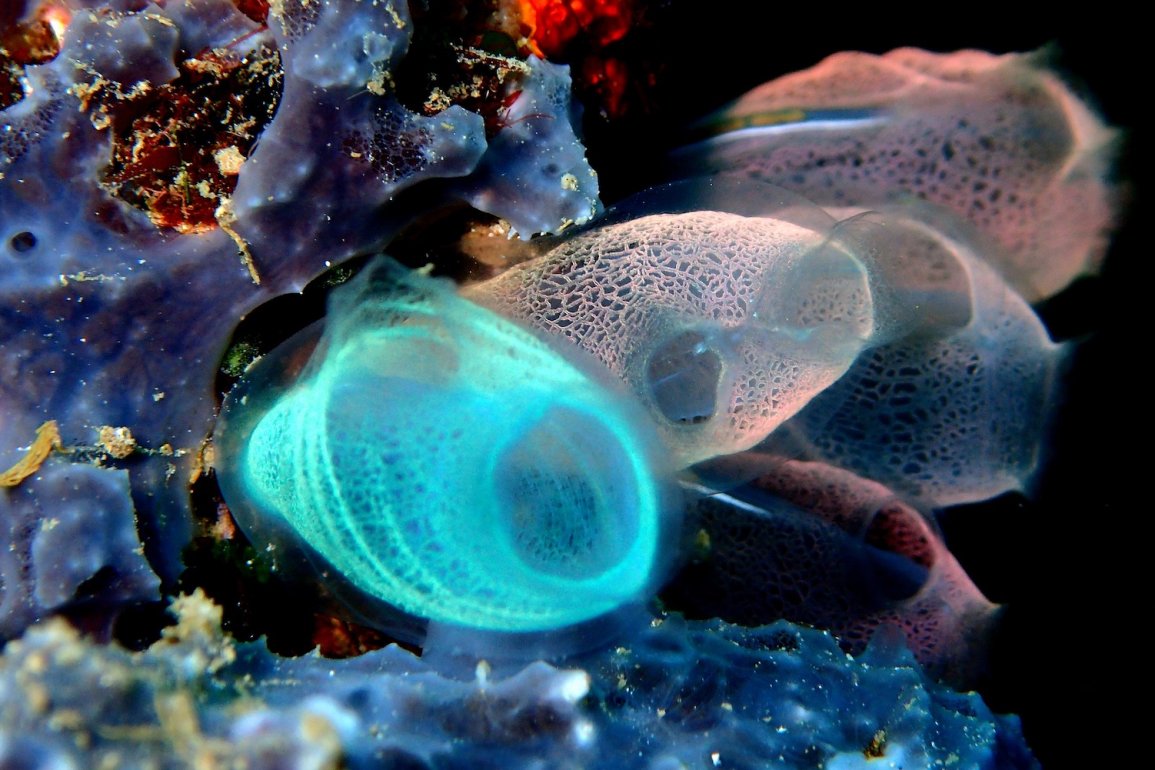By Sahana Chattopadhyay and originally published on medium.com. This is the first part of her blogpost “Organizations as Communities Part 2.”
Her original Part 1 is here, republished here by Enlivening Edge Magazine.
Yesterday, in a Twitter conversation with Rachel Happe regarding the need for organizations to function as communities, I wrote the following:
This reminded me of one of my favorite frameworks — the Cynefin framework designed by Dave Snowden in 1999. Cynefin is a Welsh word meaning habitat; the framework is simple and elegant but leads us to profound insights. If we see the framework below, we can easily see where we are today as humanity and where we are headed.
The habitat for organizations has moved from being complicated to complex with exponentially increasing rate of change (Moore’s Law in action) and is rapidly heading towards the chaotic. As is evident, rules, processes, constraints and good practices worked perfectly for the complicated, mechanistic Industrial Era.
However, complexity requires Systems Thinking and “enabling constraints”. I interpret enabling constraints as “holding space for emergence” where constraints function as a safety net.

This is where things get tricky. Leaders today are geared to respond to challenges with speed and action. The hierarchical structure of most organizations places a few people at the top charged with all critical decision-making, thus losing out on the vast capacity of the collective intelligence available throughout the organization.
And, ironically, in the face of increasing complexity and uncertainty, there is more pressure to deliver “results” and “do something” to allay the situation. What of course ends up happening is the putting of band-aids over symptoms while the root causes go un-examined, unexplored, and left to proliferate.
While it is counter-intuitive, complexity requires us to slow down— to probe, sense, and then respond. It requires us to go from rapid-fire action to observation, reflection, and thoughtful response when the time is right.
How are communities connected to complexity, collective intelligence and “sensemaking”?
I propose that in the context of pervasive complexity and ambiguity, communities of passionate, connected and purpose-driven individuals can illuminate the way forward. Communities are different from typical project teams who come together for an explicit outcome, work towards their objectives, and when the work is done, it’s done.
I am not denying the value of great team work having been a part of some amazing teams myself. However, I am focusing on communities here because communities come together and cohere very differently.
They are usually aligned around a purpose larger than each individual; membership is usually voluntary which means people go where they are drawn to go. Diverse people connect who may “normally” not have known each other, creating greater opportunities for serendipity and innovation.
Communities allow lurkers to also exist within its ecosystem, something teams cannot do. I believe lurkers carry immense value as they often become channels of cross-pollination between communities and are a critical part of the weak-tie network making a community more diverse, resilient and porous.
And most importantly, communities carry a sense of belonging to something beyond the self. All of these contribute to make communities adept at feeling into the ecosystem, seeing the system through different lenses, caring about the system, and responding to the emergent with deeper insight. This is what tapping into the power of collective intelligence is about.
Therefore, when an organization functions as a collective of networked communities, its ability to probe and sense its ecosystem increases manifold. It is akin to a human using all our five senses as well as the heart and the gut as opposed to only our rational ability. In the diagram below, I have tried to represent an organization as an open system connected via today’s ubiquitous technology.
Imagine an organization whose boundaries are porous, giving it the capacity to fluidly exchange information with its ecosystem. Internally, the organization functions as clusters of communities which also have porous, permeable walls. The community members interact and connect through various means (some of which are shown in the diagram).
This creates a system that is able to constantly sense and see itself, can connect its edges to its center and hold complexity by distributing it in the network.

This ability to tap into the collective intelligence and wisdom of the whole makes a system/organization resilient, anti-fragile, and eventually thrivable. This requires viewing the organization as a living system that has the capacity to adapt, heal itself, and thrive given the right conditions.
 Sahana is a Coach, Facilitator, Speaker, and Writer with a background in designing workplace learning experiences, and Organization Development.
Sahana is a Coach, Facilitator, Speaker, and Writer with a background in designing workplace learning experiences, and Organization Development.
Catalyst | Community Steward | Scribe to an emerging era… Exploring new ways of Being | Lover of mountains, rivers, forests, & seas.
Her passion is to help individuals, teams, and organizations hold space for emergence, and move towards their fullest potential. Reach her at [email protected]
Featured Image/graphic link added by Enlivening Edge Magazine




